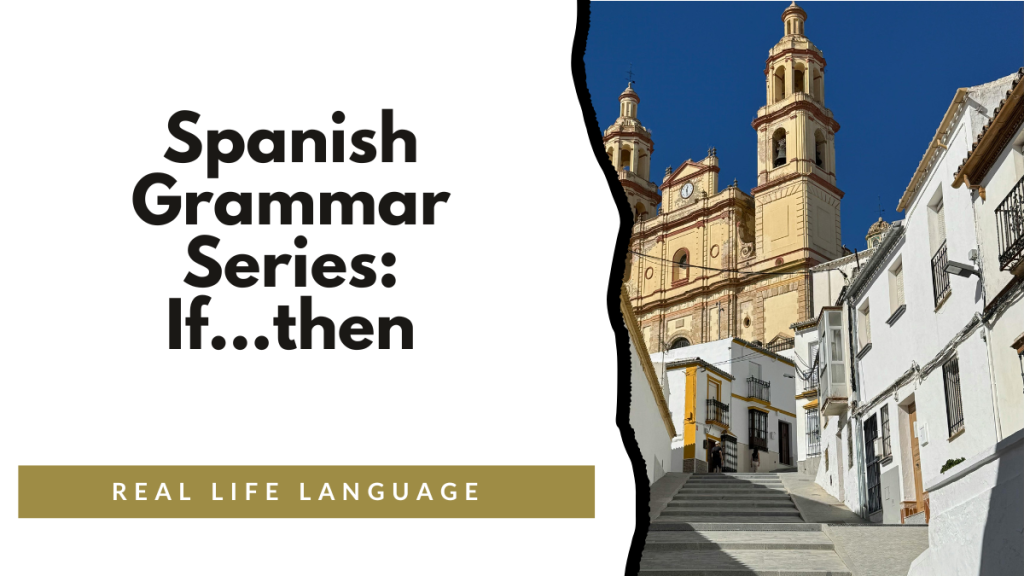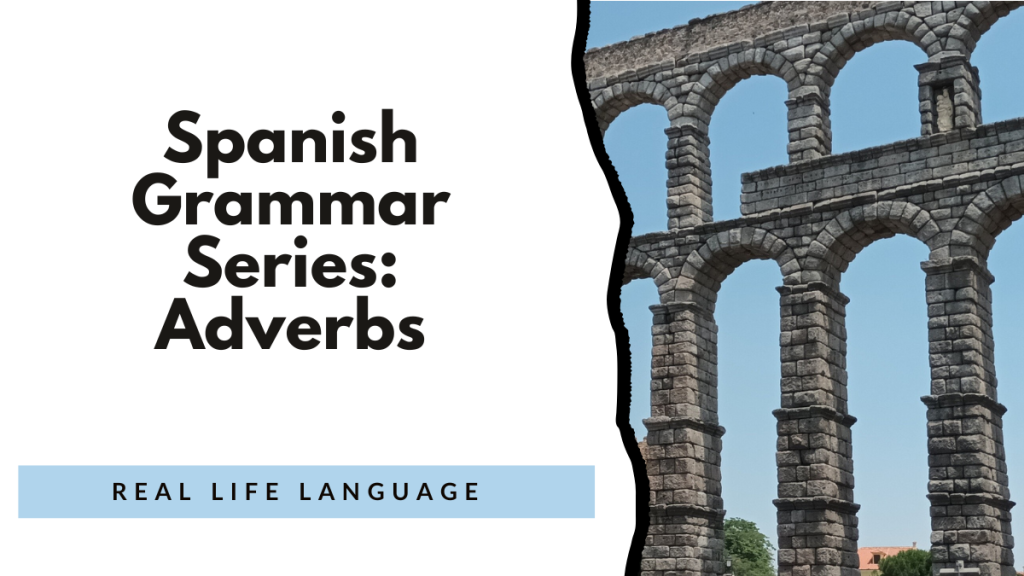The subjunctive mood is used to express wishes, emotions, doubts, uncertainty, recommendations, or hypothetical situations — anything not yet real or confirmed.
Unlike the indicative (used for facts), the subjunctive expresses what someone wants, hopes, or feels should happen.
1) The Subjunctive Mood vs. the Indicative Mood
| Mood | Used For | Example |
| Indicative | Facts, certainty, what is | Yo sé que ella está aquí. → I know that she is here. |
| Subjunctive | Doubt, emotion, desire, what may be | Dudo que ella esté aquí. → I doubt that she is here. |
Think:
- Indicative = reality
- Subjunctive = possibility
2) The Basic Structure
Most subjunctive sentences have two clauses joined by “que”:
Main clause (indicative) + que + Dependent clause (subjunctive)
Examples:
- Quiero que tú vengas. → I want you to come.
- Es importante que estudies. → It’s important that you study.
- Dudo que él tenga dinero. → I doubt that he has money.
The verb in the first clause triggers the use of the subjunctive in the second.
3) How to Form the Present Subjunctive
The subjunctive uses the opposite endings rule — similar to negative tú commands.
Formation Steps
1 Start with the yo form of the present tense.
2️Drop the -o.
3️Add the opposite endings:
| Verb Type | Endings |
| -AR | e, es, e, emos, éis, en |
| -ER / -IR | a, as, a, amos, áis, an |
Examples
-AR Verb: hablar
| Person | Form |
| yo | hable |
| tú | hables |
| él/ella/Ud. | hable |
| nosotros | hablemos |
| vosotros | habléis |
| ellos/ellas/Uds. | hablen |
Espero que hables con ella. → I hope you talk to her.
-ER Verb: comer
| Person | Form |
| yo | coma |
| tú | comas |
| él/ella/Ud. | coma |
| nosotros | comamos |
| vosotros | comáis |
| ellos/ellas/Uds. | coman |
Es bueno que comas verduras. → It’s good that you eat vegetables.
-IR Verb: vivir
| Person | Form |
| yo | viva |
| tú | vivas |
| él/ella/Ud. | viva |
| nosotros | vivamos |
| vosotros | viváis |
| ellos/ellas/Uds. | vivan |
Quiero que vivas feliz. → I want you to live happily.
4) Stem-Changing Verbs
Stem changes in the subjunctive work just like in the present indicative, with one rule:
- -AR and -ER verbs: stem changes occur in all forms except nosotros and vosotros.
- -IR verbs: stem changes occur in all forms, but in nosotros/vosotros, the stem change is shortened.
Examples
| Infinitive | Subjunctive Root | Example |
| pensar (e → ie) | piense | Espero que pienses bien. |
| volver (o → ue) | vuelva | Dudo que vuelva hoy. |
| dormir (o → ue / u) | duerma / durmamos | Es posible que durmamos aquí. |
| pedir (e → i) | pida / pidamos | Quiero que pidamos comida. |
| sentir (e → ie / i) | sienta / sintamos | Espero que sintamos alegría. |
5) Irregular Yo Forms
If a verb has an irregular yo form in the present tense, that irregularity carries into all subjunctive forms.
| Infinitive | Yo Form | Subjunctive Stem | Example |
| tener | tengo | teng- | Espero que tengas suerte. |
| salir | salgo | salg- | Dudo que salga temprano. |
| venir | vengo | veng- | Ojalá que vengas. |
| decir | digo | dig- | Quiero que digas la verdad. |
| hacer | hago | hag- | Es necesario que hagas la tarea. |
| oír | oigo | oig- | Dudo que oigas bien. |
| poner | pongo | pong- | No creo que pongan música. |
| traer | traigo | traig- | Espero que traigan postre. |
6) Irregular Subjunctive Verbs
Some verbs are completely irregular in the subjunctive:
| Infinitive | Subjunctive Forms | English |
| ser | sea, seas, sea, seamos, seáis, sean | to be |
| ir | vaya, vayas, vaya, vayamos, vayáis, vayan | to go |
| saber | sepa, sepas, sepa, sepamos, sepáis, sepan | to know |
| estar | esté, estés, esté, estemos, estéis, estén | to be |
| dar | dé, des, dé, demos, deis, den | to give |
| haber | haya (only one form commonly used) | there is / are (subjunctive form) |
Examples:
- Dudo que sea cierto. → I doubt that it’s true.
- Ojalá que vayas conmigo. → Hopefully you go with me.
- Es bueno que estemos aquí. → It’s good that we’re here.
- No creo que haya tiempo. → I don’t think there is time.
7) When to Use the Subjunctive: W.E.I.R.D.O.
Use the subjunctive when the main clause expresses one of these six categories:
| Letter | Category | Examples |
| W | Wishes / Wants | Quiero que vengas. (I want you to come.) |
| E | Emotions | Me alegra que estés aquí. (I’m glad you’re here.) |
| I | Impersonal expressions | Es importante que estudien. (It’s important that they study.) |
| R | Requests / Recommendations | Te recomiendo que leas este libro. (I recommend that you read this book.) |
| D | Doubt / Denial | Dudo que tenga dinero. (I doubt he has money.) |
| O | Ojalá (hopefully) | Ojalá que haga sol. (Hopefully it’s sunny.) |
If the action in the dependent clause is uncertain, desired, or emotional → use the subjunctive.
8) When NOT to Use the Subjunctive
Use the indicative if:
- The first clause expresses certainty or belief.
- The action is real or already happened.
Examples:
- Creo que ella viene. → I believe she’s coming. (indicative)
- Sé que él tiene razón. → I know he’s right. (indicative)
- No dudo que es verdad. → I don’t doubt it’s true. (indicative)
Don’t use the subjunctive after verbs of certainty like creer, saber, estar seguro, es cierto, es verdad unless they’re negated.
9) Common Subjunctive Trigger Expressions
Wishes / Desires
- querer que → to want that
- desear que → to wish that
- esperar que → to hope that
- preferir que → to prefer that
- insistir en que → to insist that
Emotions
- alegrarse de que → to be happy that
- temer que → to fear that
- sentir que → to feel / be sorry that
- sorprenderse de que → to be surprised that
- gustar que → to like that
Doubt / Denial
- dudar que → to doubt that
- no creer que → to not believe that
- no pensar que → to not think that
- negar que → to deny that
Impersonal Expressions
- es importante que
- es posible que
- es mejor que
- es necesario que
- es probable que
10) Subjunctive with Expressions of Emotion
When expressing how you feel about another’s action or situation, use the subjunctive after que.
Examples:
- Me alegra que estés bien. → I’m happy that you’re well.
- Temo que no lleguen a tiempo. → I fear they won’t arrive on time.
- Siento que no puedas venir. → I’m sorry you can’t come.
11) Practice: Complete with the Subjunctive
- Quiero que tú __________ (venir) conmigo.
- Es importante que nosotros __________ (estudiar).
- Dudo que ellos __________ (tener) dinero.
- Ojalá que __________ (hacer) sol mañana.
- No creo que ella __________ (saber) la respuesta.
- Me alegra que tú __________ (estar) aquí.
Answers:
- vengas
- estudiemos
- tengan
- haga
- sepa
- estés
12) Practice: Choose Indicative or Subjunctive
- Sé que Juan __________ (venir) hoy.
- Dudo que Juan __________ (venir) hoy.
- Es cierto que nosotros __________ (tener) tiempo.
- Es posible que nosotros __________ (tener) tiempo.
- Creo que tú __________ (ser) honesto.
- No creo que tú __________ (ser) honesto.
Answers:
- viene (indicative)
- venga (subjunctive)
- tenemos (indicative)
- tengamos (subjunctive)
- eres (indicative)
- seas (subjunctive)
13) Subjunctive with “Ojalá”
Ojalá (from Arabic inshallah, “if God wills”) always takes the subjunctive — even if there’s no que.
Examples:
- Ojalá que llueva mañana. → Hopefully it rains tomorrow.
- Ojalá ganemos el partido. → Hopefully we win the game.
- Ojalá tengas suerte. → Hopefully you’re lucky.
14) Common Pitfalls & Fixes
| Wrong | Correct | Why |
| Quiero tú vas. | Quiero que tú vayas. | Subjunctive clause needs “que.” |
| Es cierto que venga. | Es cierto que viene. | Certainty → indicative. |
| No creo que es verdad. | No creo que sea verdad. | Negated belief → subjunctive. |
| Espero que estás bien. | Espero que estés bien. | Hope → subjunctive. |
15) Summary Chart
| Use | Formula | Example |
| Wishes / Wants | Querer que + subjunctive | Quiero que estudies. |
| Emotion | Me alegra que + subjunctive | Me alegra que vengas. |
| Impersonal Expression | Es importante que + subjunctive | Es importante que hables. |
| Request / Recommendation | Recomendar que + subjunctive | Recomiendo que comas bien. |
| Doubt / Denial | Dudar que + subjunctive | Dudo que tenga tiempo. |
| Ojalá | Ojalá (que) + subjunctive | Ojalá que haga sol. |
Why the Subjunctive Matters
The present subjunctive adds richness and precision to communication — allowing you to:
- Express emotions, opinions, and uncertainty
- Make recommendations and requests
- Use more natural and authentic Spanish
- Understand native-level speech and writing
It’s one of the most powerful ways to move from basic communication to expressive fluency.
Here are some of my favorite resources to engage and inspire learners, to include my lifelong language learning journey.
Building Proficiency for World Language Learners: 100+ High-Interest Activities
Discover over 100 dynamic activities to make world language learning interactive and fun. I wrote this book with some of my favorite activities for educators aiming to build proficiency with high-impact strategies.
Learn more and get your copy here.
5 Weeks of No and Low Prep Fun
Need quick, engaging activities for your class? This free guide includes 25 no-prep and low-prep ideas to save time while keeping students excited about learning.
Download your free copy now.
100s of videos to learn Spanish:

